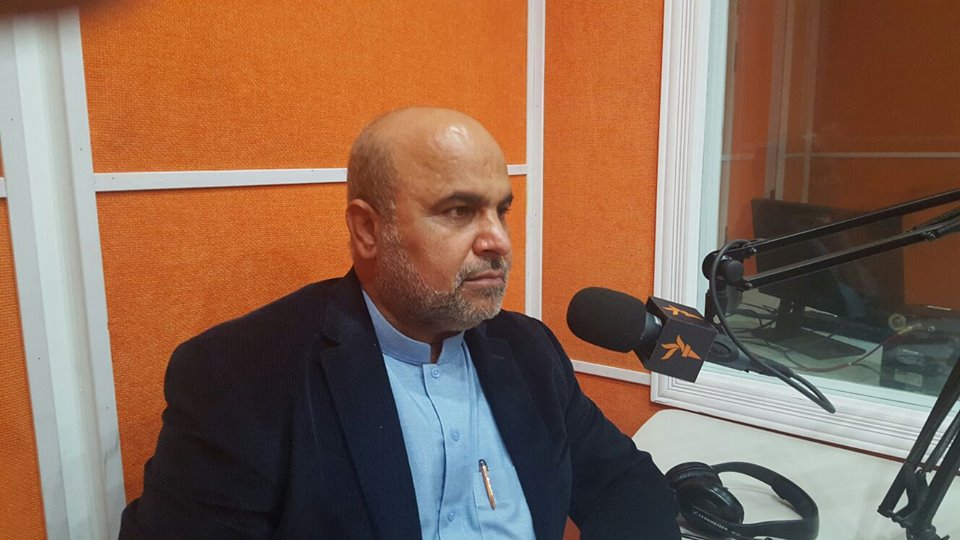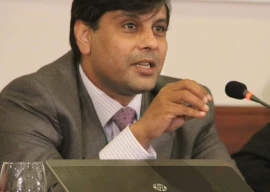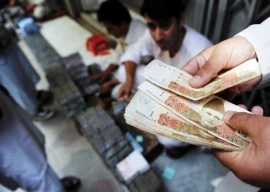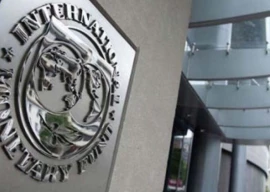
KARACHI:
A concerning trend has emerged in Sindh province, where an alarming 23.6% of unemployed urban youth hold university degrees, casting doubts on the effectiveness of higher education in fostering employment opportunities. The findings, based on research conducted by Gallup Pakistan and PRIDE using data from the Labour Force Survey 2020-21, raise serious questions about the economy’s ability to absorb educated youth.
According to the analysis of the labour force survey data, the overall youth unemployment rate in Sindh stands at 3.9%. However, the figures vary significantly across different divisions within the province. The Karachi division reports the highest youth unemployment rate of 11.2%, while the Larkana division has the lowest rate at 3.4%.
The study also reveals that the overall unemployment rate in Sindh is 3.9%, with females experiencing substantially higher unemployment rates compared to males (6.6% vs. 3.3%). Urban residents face even higher rates of unemployment compared to their rural counterparts (5.9% vs. 2.1%). Notably, 21.9% of unemployed young females and 20.3% of unemployed young males in Sindh possess university degrees, rising to a significant 23.6% for unemployed urban youth.
Further analysis shows that the highest proportion of unemployed youth (22.2%) falls within the education level of ‘matric but below Intermediate,’ while the lowest rate (0.1%) is observed among those with MPhil/PhD degrees. The study highlights the urgent need to bridge the gap between qualifications and employment opportunities in Sindh.
Alpha Beta Core, CEO, Khurram Schehzad expressed deep concern over the situation, emphasising that nearly a quarter of unemployed youth residing in urban Sindh have completed their university education but remain unable to secure employment. The data provided by Gallup Pakistan and PRIDE Research sheds light on this worrisome trend.
Moreover, the Karachi division stands out as the most severely affected, with a youth unemployment rate of 11.18%, underscoring the severity of the issue in urban centres.
The high percentage of unemployed individuals with university degrees compared to those with lower levels of education in Sindh is another distressing aspect of the situation, as noted by Schehzad. It suggests that despite their qualifications, degree holders face challenges in finding suitable employment opportunities.
Unemployment is more prevalent in cities than in rural areas, signifying the greater challenges faced by urban centres during economic recessions or downturns. The concentration of economic activities in cities exacerbates the impact of economic hardships, making it crucial to urgently address the issue of unemployment among educated youth in Sindh.
Sindh’s demographic analysis reveals that the Karachi division boasts the largest population share (16.7 million), while the Mirpur Khas division has the lowest (4.5 million). Hyderabad division has the largest rural population (7.1 million), whereas the Karachi division has the largest urban population (15.5 million) in the province. With a staggering 13.2 million young individuals aged 15-29 residing in Sindh, it becomes imperative for the provincial government to plan and implement measures to harness the potential of this large youth bulge.
Gallup Pakistan and PRIDE have collaborated to analyse and disseminate policy-relevant economic and social data, aiming to fuel a wider policy debate in Pakistan.
Bilal Gilani, Executive Director at Gallup Pakistan, pointed out the dire situation of unemployed and underemployed educated individuals across both urban and rural areas of Sindh. “We are failing this young generation by either not providing employment opportunities or avenues for doing their own business. In this environment should we continue to urge the youth to go to universities or join skill based technical education programs? These are some of the issues that need urgent attention otherwise we are heading towards major social upheaval led by youth of the country,” he warned.
Dr Shahid Naeem, Director of Policy Research at PRIDE, emphasised that a significant proportion of unemployed youth in Sindh (around 41%) possess matric and intermediate level education. He called for the introduction of marketable technical skills within the mainstream education system to enhance job prospects for graduates. “The government of Sindh needs to take drastic steps to introduce marketable technical skills within the main stream of education, so that the boys and girls are able to get some employment or job after completing their education,” said Naeem.
Published in The Express Tribune, June 13th, 2023.
Like Business on Facebook, follow @TribuneBiz on Twitter to stay informed and join in the conversation.


































COMMENTS
Comments are moderated and generally will be posted if they are on-topic and not abusive.
For more information, please see our Comments FAQ